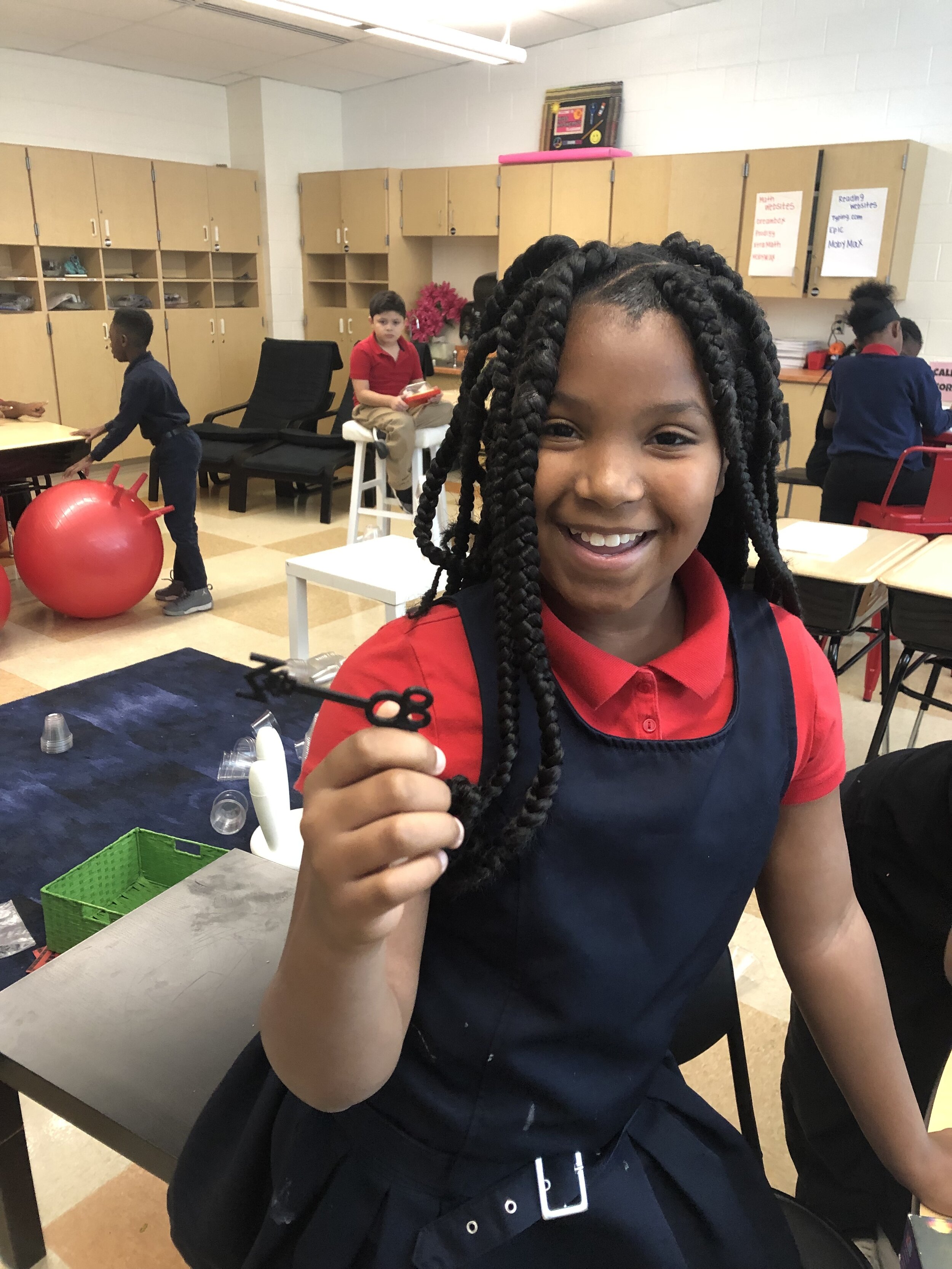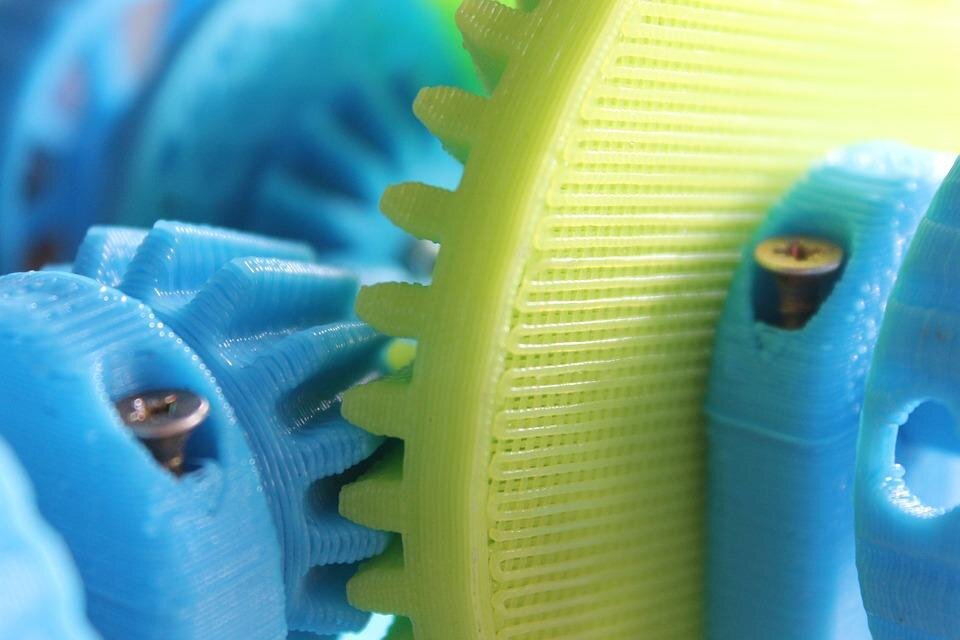This article was written for Educational users who manage or benefit from their community Makerspace, Library, or Classroom Lab.
What does a successful 3D Printing program look like to you?
When 3D Printing entered the public domain around 2010 it was unclear whether this was a short-term fad, a groundbreaking technology worthy of a “3D Printer on every desk and in every home”, or somewhere in between.
10+ years later, it’s clear that 3D printing is here to stay, especially when it comes to the classroom. 3D printing presents a great learning opportunity for spatially oriented students, it is an inexpensive way to allow students to lean from their mistakes, and best of all - the kids love it! We all learn better when we are passionate about the subject matter.
At the end of the day, what do you hope to achieve by having a 3D Printer (or multiple) in your classroom or lab?
3D print things! The technology is neat and just seeing the end result is enough to benefit.
Teach Computer Aided Design and print the parts out myself.
Teach Computer Aided Design and involve the students in the 3D printing process so they can learn about slicing, object orientation, water-tightness, negative space, and more.
Learn about 3D printing technology from an engineering standpoint.
Option One 3D Print Things
This is why we’re all here anyways, right? The act of 3D Printing itself is still a novel, neat thing to watch unfold. If you offer your community access to your 3D Printer, this may be plenty to involve them in the process and get them thinking critically about the technology and ways to apply it to their lives.
Find a few of your favorite “Object Repositories” that allow for downloadable .STL files and have them submit those objects for printing.
Option Two Teach CAD
3D modeling can be a great way to motivate kids to create objects and stimulate their creativity. Getting students to turn their 2D drawings or doodles into 3D designs on the screen is a great first step towards involving them in the 3D printing process so they can benefit from all of the different avenues to learn. If your students design in Tinkercad, they can export directly to the Polar Cloud.
Shown is a bubble wand from the STEAMtrax and Makers Empire offerings.
Generate Your Own
Student Generated “Race Cars” For a School Led Track System and Race
A student submission in a challenge to make “assistive devices”
Option Three CAD + 3D Printing
We’ve already covered the benefits of and ways to introduce CAD to the users of your 3D Printer. But why stop there? 3D Printing as a tool has gained so much popularity because it’s an accessible and affordable way to fabricate our own designs at home.
If your student is tasked with identifying a reason for their design, designing the part, then slicing the 3D print and preparing the printer, they have conquered all there is to learn about 3D Printing!
Have you considered promoting some students to Experienced Students so they can slice their own jobs for the printer, or Student Managers so they can help print for others? If your school has the Premium Site License you can offload some of the work to others, while maintaining complete control of your printer.
Option Four 3D Printer Engineering
Thermoplastics, glass-transition temperatures, extrusion rates, shrinkage values, cartesian coordinates, firmware, the list goes on… there is no shortage of neat engineering and science terms that can be learned about and applied to 3D Printing!
This topic deserves it’s own post that will be coming at a later date.
Other things to consider:
I am busy and don’t want to email everyone individually.. how will I notify my students that their prints are ready for pickup? (The Polar Cloud sends notifications for you!)
How will I make sure each student is getting a fair chance to have their parts printed? (Generate Reports to check student design activity)
My school doesn’t have the budget to 3D Print everything! How can I keep my printing program afloat? (Commerce on the Polar Cloud allows you to receive tips on public objects and sell designs, you keep 100% of proceeds!)
We have a lot of failures! They take up valuable time and resources. How can we improve? (Identifying common student print issues).
More Articles Like This:







